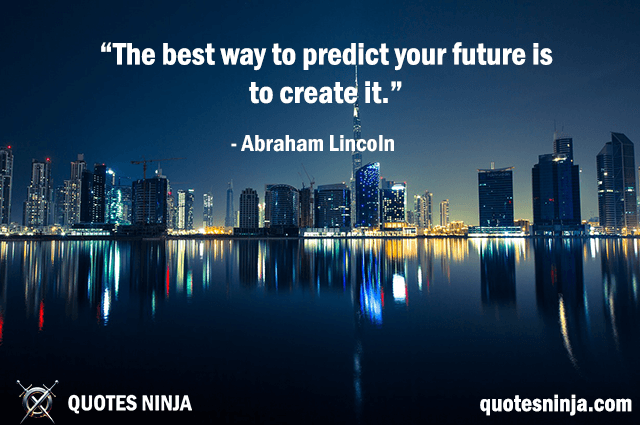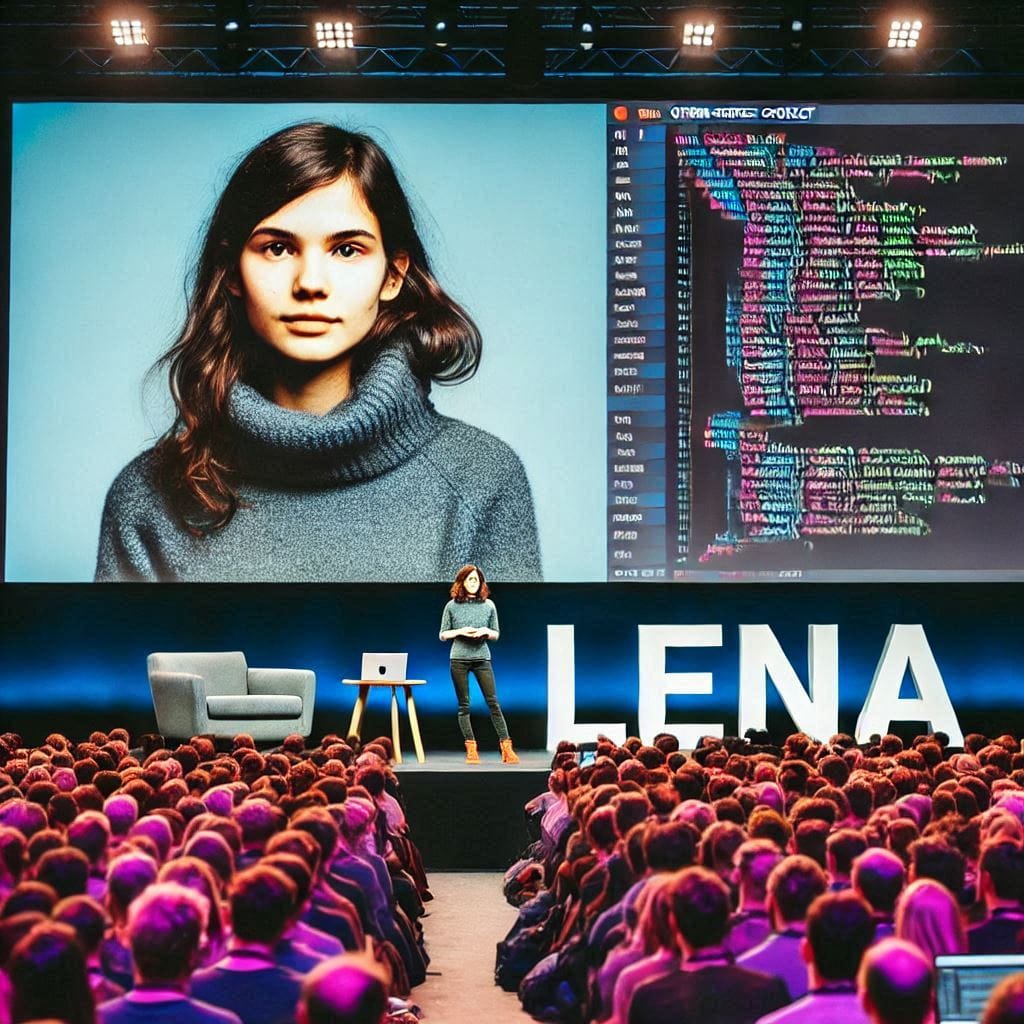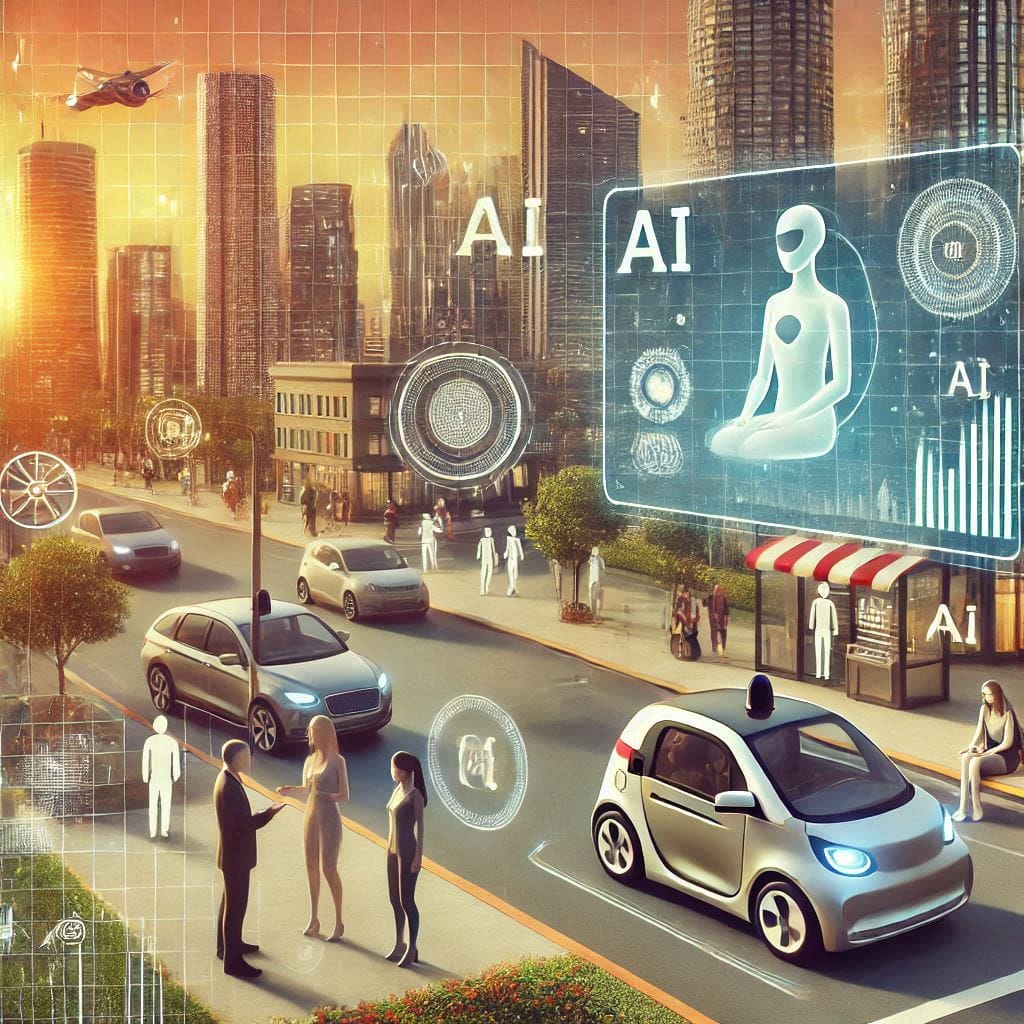
Deeper Meaning of Future Quote
The quote, “The best way to predict your future is to create it.” is attributed to Abraham Lincoln, was the 16th president of the United State of America.
This quote emphasizes the idea that we have a significant role in shaping our own destinies. Rather than waiting passively for the future to unfold, we can actively work toward our goals. That make decisions aligned with our values, and take steps toward creating the life we envision for ourselves. By taking charge of our actions and mindset, we influence the outcomes of our lives. It’s about understanding that your future isn’t something that just happens to you—it’s something you have the power to design.
Here’s a story inspired by Future Quote “The best way to predict your future is to create it.”
Future Story: “The Architect of Tomorrow“
Lena had always been fascinated by artificial intelligence. As a young girl, she marveled at the idea of machines that could think, learn, and evolve. By the time she entered college, AI had become her passion, and soon, it was her life’s work.

Lena in her college dorm room:
In her early years as an AI developer, Lena found herself overwhelmed by the complexities of the field. Everyone around her talked about the future of AI, discussing groundbreaking innovations and futuristic technologies. But she often felt as though she was simply chasing after something distant and intangible. She would hear stories of industry leaders and researchers making breakthroughs, and sometimes she wondered if she’d ever make a meaningful impact.
One evening, after a long day of coding, Lena stumbled across a quote while reading a book on innovation: “The best way to predict your future is to create it.” It hit her in that moment—the future she wanted wasn’t something she had to wait for. It wasn’t something set in stone or dependent on others. It was something she could actively build with her own skills, vision, and determination.

Lena coding late at night:
Inspired, Lena decided to shift her focus. Instead of just contributing to existing AI projects or following others footsteps, she started envisioning her own path. She knew that AI had the potential to do incredible things, but the tools and systems weren’t always designed with the right priorities in mind. She wanted to build AI that was ethical, inclusive, and truly beneficial to humanity.

Lena presenting her AI project at a conference:
Lena started by creating a small, open-source project aimed at improving the transparency of machine learning algorithms. She designed tools that could help developers better understand how AI models made decisions, helping to reduce biases in critical areas like healthcare, hiring, and law enforcement. Slowly but surely, her project gained traction in the AI community. Other developers, researchers, and even companies began to adopt her tools, and her work started to influence the broader industry.

A futuristic city where AI systems Lena developed are helping people:
As time passed, Lena’s vision for the future became clearer. She wasn’t just coding algorithms—she was crafting the framework for how AI could positively shape the world. Her focus was always on creating AI systems that empowered people, helped solve real-world problems, and maintained a human-centered approach.
Years later, Lena looked back at where she had started. The future she had once dreamed of was no longer some distant possibility—it was something she had built through dedication, innovation, and an unwavering belief that she could create it. She had not only predicted her future but had shaped it with her own hands, one line of code at a time.
And here is the end of Future story and the quote “The best way to predict your future is to create it.” In this story, Lena embodies the idea that the future isn’t something she waits for—it’s something she actively creates. By focusing on her passion and vision for AI, she shapes both her career and the impact she has on the world. It’s a reminder that, just like Lena, we all have the power to influence our future through our actions.
To explore more on stories and dive into related ideas, be sure to check out the other posts where we cover all sort of stories related to quotes. Stay tuned for more…..
To explore more on quote topics, be sure to check out the other topics where we cover all categories of quotes. Stay tuned for more…..

